Intelligent autonomous treatment of bedwetting using non-invasive wearable advanced mechatronics systems and MEMS sensors : Intelligent autonomous bladder monitoring to treat NE
- PMID: 32090271
- PMCID: PMC7188739
- DOI: 10.1007/s11517-019-02091-x
Intelligent autonomous treatment of bedwetting using non-invasive wearable advanced mechatronics systems and MEMS sensors : Intelligent autonomous bladder monitoring to treat NE
Abstract
Post-void alarm systems to monitor bedwetting in nocturnal enuresis (NE) have been deemed unsatisfactory. The aim of this study is to develop a safe, comfortable and non-invasive pre-void wearable alarm and associated technologies using advanced mechatronics. Each stage of development includes patient and public involvement and engagement (PPI). The early stages of the development involved children with and without NE (and parents) who were tested at a hospital under the supervision of physicians, radiologists, psychologists, and nurses. The readings of the wearable device were simultaneously compared with B-mode images and measurements, acquired from a conventional ultrasound device, and were found to correlate highly. The results showed that determining imminent voiding need is viable using non-invasive sensors. Following on from "proof of concept," a bespoke advanced mechatronics device has been developed. The device houses custom electronics, an ultrasound system, intelligent software, a user-friendly smartphone application, bedside alarm box, and a dedicated undergarment, along with a self-adhesive gel pad-designed to keep the MEMS sensors aligned with the abdomen. Testing of the device with phantoms and volunteers has been successful in determining bladder volume and associated voiding need. Five miniaturised, and therefore more ergonomic, versions of the device are being developed, with an enabled connection to the cloud platform for location independent control and monitoring. Thereafter, the enhanced device will be tested with children with NE at their homes for 14 weeks, to gain feedback relating to wearability and data collection involving the cloud platform. Graphical Abstract Design of the MyPAD advanced mechatronics system.
Keywords: Advanced mechatronics; Bedwetting; Bladder; MEMS; Nocturnal enuresis; Ultrasound; Wearable health monitoring devices.
Figures




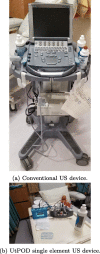








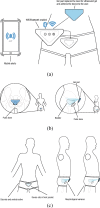
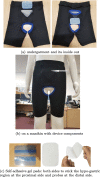





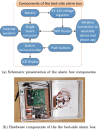


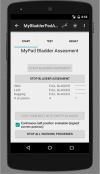


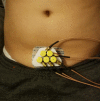

References
-
- Kiddoo D (2015) BMJ Clinical Evidence 2015(0305). http://www.ncbi.nlm.nih.gov/pmc/articles/PMC4292411/ - PMC - PubMed
-
- Ansell DW, Sanders C, Leather P, Kuru K, Amina M (2017) (WO/2017/017426). https://patentscope.wipo.int/search/en/detail.jsf?docId=WO2017017426
MeSH terms
Grants and funding
LinkOut - more resources
Full Text Sources

